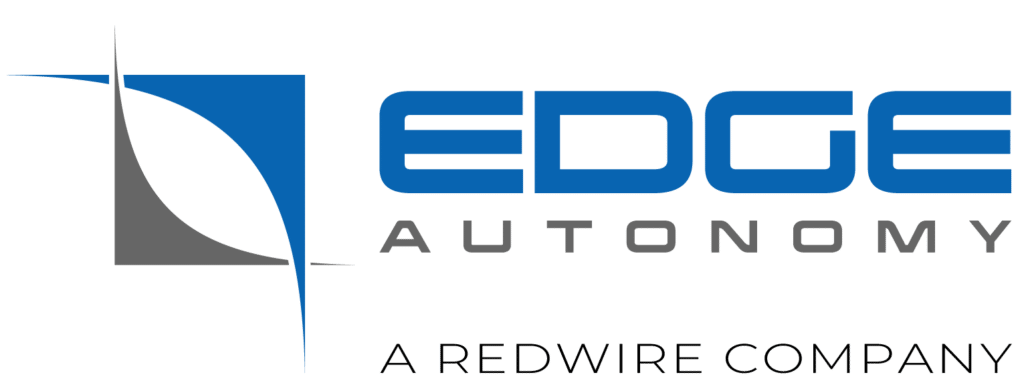The northern border in Washington State is so mountainous that cellular reception is not available, and many satellite phones do not work. For the USDA Forest Service, rangers have to rely on radio repeaters to maintain vital communication — especially during emergencies. As shared in this interview with Stacy Griffith, the Alaska Region Radio Manager, the issue was finding an offgrid power solution to keep the small 100W radio stations powered, regardless of weather conditions.
The Problem:
At these offgrid and high-altitude locations, equipment and fuel must be airlifted, which is expensive. The agencies were spending thousands of dollars just on maintaining the radio repeaters. And the solar arrays frequently lost power due to harsh weather and low sunlight — compromising critical communications.
The Forest Service needed to install a dependable backup power source, but several common solutions failed to meet their needs. Wind is typically used to backup solar arrays, but it was not viable because extreme winter weather would cause the turbines to ice over and stop working. A thermoelectric generator (TEG) is another common backup source, but high fuel needs and inefficiency in extreme cold temperatures took it out of consideration. And airlifting hydrogen to power a Proton-Exchange Membrane Fuel Cell (PEM) was not a viable option.
The Solution
The Forest Service redesigned the entire power system for their radio repeaters to include a Performer Series P250i Solid Oxide Fuel Cell to supplement the solar array during times of low sunlight.
Benefits of Designing Performer Series P250i SOFC Into A Power System:
- Performance in extreme weather
- Ability to customize
- Flexible voltage
- 250 cycles
- Remote monitoring
- Fuel efficiency
- Low maintenance needs
- Reliable 250W output
While other technologies fail in extreme cold, P250i excels because it is engineered to store, start and operate in temperatures from -40°C to 50°C. It produces no liquid water and is constructed of heat-resistant ceramic tubes that will not freeze. So the radio stations will stay up even in the harshest weather.
Plus, the system is unique in the market because it’s specifically designed as a battery tender to cycle up to 250 times. And engineered with automation features, it is easier to control remotely than other backup technologies.
Results
40 radio repeater sites now include a Performer Series P250i as part of the power system. None of the sites have lost power due to the SOFC.
- Due to the high efficiency of P250i, the agency does just 10 helicopter refueling visits per year. That is spread across 40 sites in their sector, which spans 308 miles or 46,000 sq mi.
- $3,000 is the average fuel cost per year for all 40 sites combined — compared to the same fuel cost to power just one radio site using other technologies.
- The minimal noise signature of P250i keeps the agency compliant with their mandate to minimize environmental impact.
- Adaptive Energy customized the P250i enclosure to fit into existing buildings. It features custom brackets and venting created exclusively for this use case.
- Other federal agencies seek the guidance of Forest Service on designing efficient power systems for offgrid sites that experience harsh weather.
- Due to its power output relative to size, fuel efficiency and flexible voltage options, P250i offered the reliable backup Forest Service needed to keep their critical communications infrastructure running. Learn more about our work with Forest Service in this interview.

